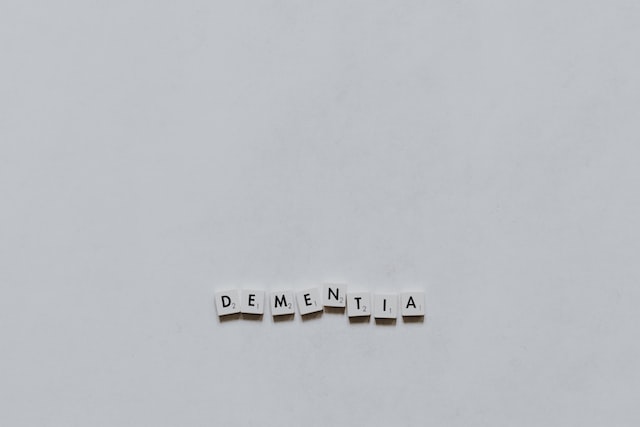Improving balance in seniors is essential for maintaining independence and preventing falls. Balance is not just about standing still; it involves how the body senses movement and adjusts to keep you steady. As people age, muscles can weaken, coordination can decline, and the risk of falling increases. Fortunately, there are simple exercises and habits that can help seniors improve their balance safely and effectively.
One of the easiest ways to start is with the **sit-to-stand exercise**. Sitting in a chair, a senior stands up slowly without using their hands for support, then sits back down with control. Repeating this 10 times helps build leg and core strength, which are crucial for everyday movements like getting up from a chair or climbing stairs.
Another helpful exercise is the **single-leg stand**. Holding onto a counter or chair for support, lift one foot off the ground and hold the position for 10 to 30 seconds before switching legs. This exercise improves balance and reflexes by strengthening the muscles that stabilize the body.
Walking exercises also play a key role. The **heel-to-toe walk** involves placing one foot directly in front of the other, heel touching toe, and walking 10 to 20 steps. This movement strengthens ankle stability and coordination, which are important for steady walking.
For strengthening the hips and outer thighs, which help with side-to-side movement, seniors can try the **side leg raise**. Holding onto a chair, lift one leg out to the side and lower it slowly. This helps improve lateral stability and reduces the risk of falls when shifting weight.
Practicing **Tai Chi or gentle flow movements** can also enhance balance, posture, and flexibility. These slow, mindful exercises encourage body awareness and improve coordination.
In addition to these exercises, some newer balance drills focus on reaction speed and multitasking. For example, the “Wall-Off” exercise involves leaning against a wall with feet a few inches away, crossing arms, and then pulling the body away from the wall using leg muscles. This helps the brain remember the body’s center of gravity and improves the ability to recover from backward loss of balance.
Another useful drill is the **quick step and stop**. This involves lightly tapping feet quickly in place, then sharply stopping on one leg and holding the position. This challenges the brain to rely on senses other than vision to maintain balance, which is important as eyesight can decline with age.
To make balance improvement effective, it is important to practice regularly, ideally daily, and to do so safely by using support when needed, wearing stable shoes, and keeping the exercise area clear of obstacles. Pairing up with a friend can add motivation and make the exercises more enjoyable.
By combining strength, balance, and light aerobic exercises, seniors can significantly improve their stability, reduce the risk of falls, and maintain a more active and confident lifestyle.
Sources
https://www.prairielanding.org/senior-fall-prevention-5-easy-balance-exercises-to-improve-stability/
https://www.youtube.com/watch?v=VLudV4CBWTM
https://www.womanandhome.com/health-wellbeing/fitness/best-balance-exercises/
https://www.youtube.com/watch?v=9dKSP_U_dpQ
https://www.youtube.com/watch?v=l65kL5pMRrU





